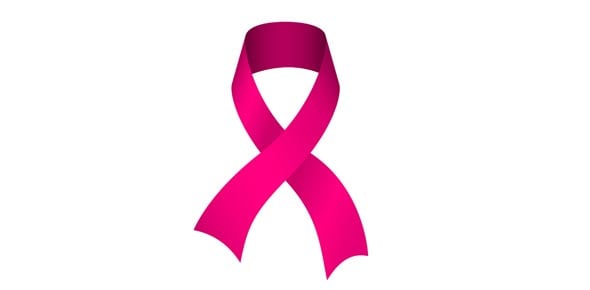Bladder Cancer
44 Questions
| Attempts: 177
2.
You may optionally provide this to label your report, leaderboard, or certificate.
Submit
Submit
×
Thank you for your feedback!
















